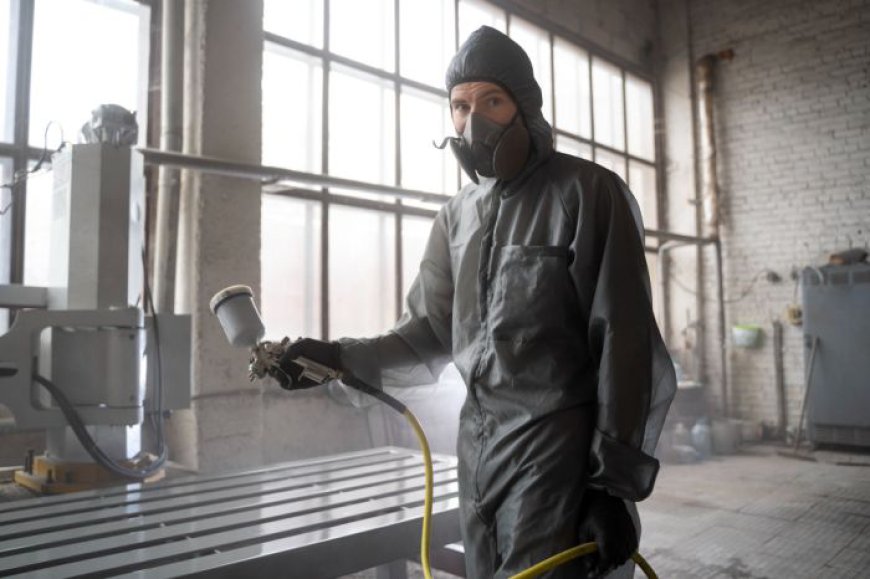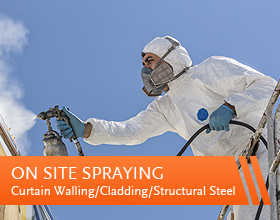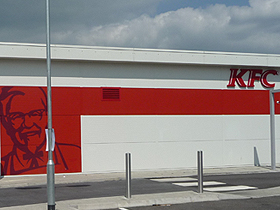How to Get On Site Spray Painting Done: Best Practices for DIYers

What Can You Use Spray Paint On?
On site spray painting is nothing different from any other kind of painting process which usually serves the purpose of protecting the surfaces from any kind of external damage and apart from this, it also helps in the beautification of all kinds of items. Although there are various kinds of paints available these days for different surfaces but spray paints serve as the fastest way of getting the surface of anything painted which may include options such as wood, metal, china ware, glass, etc.

Selecting Spray Paint Colours
Colours play an important part in deciding the overall appearance of your area. It is therefore extremely important that you choose the right colours for your room or office. Be it any furniture, cabinet, any or décor or even the walls and railings, the right colour combination is extremely important as it helps in creating the vibe of your choice.
You can go for the spraying paints in nude colours if you want to give a light and airy feeling to your room or if you are getting the shop front refurbishment done. Alternatively, you can go for the dark and glazy colours and they will provide a tradition and more compact appearance to your room. Mindfully selecting your spray paints will help in having the best colour options for a longer duration of time with which you may not get bored off.

Prepare Your Workspace
Spray painting is not an easy task and it is therefore important that you ensure that the area which is going to be spray painted is not compact or less ventilated. Doing this will reduce the chances of suffocation and will also ensure that the person spraying the paint does not suffer in any kind. Apart from this, it is also extremely important that the person carrying out the task has the masks on. This will act as a protection and help in keeping the health at the topmost priority. It is also important that the paint should not be over sprayed and it should be ensured that the area which is being painted is separate from all the other areas which might be having the human population. In order to contain the smell of the paint, ensure that the ventilator does not open inside the building. It should always be situated on the outer side of the building.
Ideal Weather Conditions for Spray Painting
Spray painting is a task which requires lot of precision and since you are doing it on your own, keep in mind certain tips which will help in ensuring that the paint comes out beautifully.
- Humidity: High humidity levels slow down the drying time of spray paint, so it is necessary to ensure that you go for painting only when humidity is below 60%. Excess humidity can also cause moisture to form on surfaces, leading to lifting or peeling after application instead of a smooth and durable finish.
2. Temperature: The most suitable temperatures for spray painting range from 55° to 75°F, but it is important to keep in mind that you read the label on your spray can, as some paints may have different requirements. When applied at temperatures outside this range, spray paint may dry too rapidly, leading to air bubbles. For the same reason, avoid applying paint in direct sunlight and remember that in cooler conditions, the time it takes for spray paint to cure and dry is generally extended.
The Process of Spray Painting
Tip 1: Begin by checking the spray paint can label for drying times and other essential instructions. Always ensure that you have read the instructions carefully.
Tip 2: To avoid drips and areas with too much paint, maintain the recommended distance from the surface of your project, as indicated on the can.
Tip 3: The best way to spray painting is by applying several thin layers rather than one thick layer, which ensures that you get a smooth and more consistent finish with fewer imperfections.
Tip 4: Always start and finish your spraying motion off the object you are painting for example the curtain wall spraying and release the tip at the end of each stroke to ensure uniform coverage across the entire glass surface.
Tip 5: Use a steady, consistent sweeping motion while overlapping your spray pattern by about one-third with each stroke.
